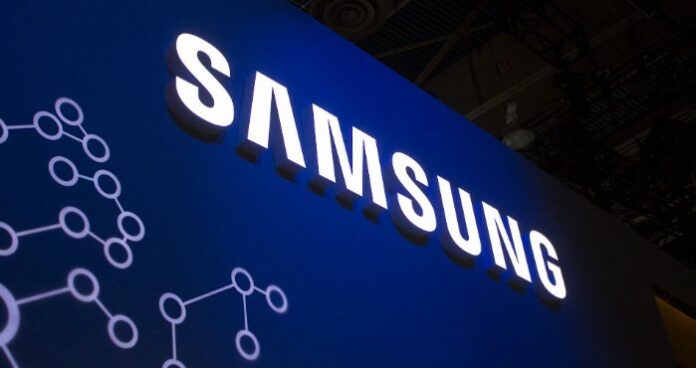Operators pursuing 5G differently in the U.S., Europe and APAC
LONDON—As with previous generations of cellular connectivity, there are many reasons for an operator to want to claim a world’s-first in terms of deploying and offering a commercial service—there’s inherent marketing and brand equity benefits and new revenue stream(s) will aid in further deployment and return on dollars invested into R&D and trial activity among other drivers. But, given the variability and complexity of 5G, is there a benefit to the race mentality?
In the U.S., AT&T and Verizon are respectively working on a standards-compliant mobile service and a fixed wireless service based on both the Verizon Technical Forum specification as well as the non-standalone 5G New Radio (NR) variant. Both operators plan launches later this year. In Korea, KT recently demonstrated a number of new services in tandem with the Olympics in PeyongCheng and is moving toward commercial launches. The three Chinese carriers are relatively mature, and then there’s Europe.
“The European market is moving in a tentative way, quite cautiously,” Dan Warren, Head of 5G Research at the Samsung R&D Institute in the U.K., told RCR Wireless News in a chat during 5G World at the ExCel London exhibition venue. “There’s a lack of momentum.”
He agreed that, by and large, there’s a bit of split between the U.S. and the rest of the world in terms of aggressively pursuing consumer-facing services as opposed to looking at the enterprise and industrial use cases that can really benefit from the very high capacity and ultra low latency demanded by applications such as industrial robotics or autonomous warehousing.
“What we see in Europe and in Asia, to an extent, is a little more pragmatism,” Warren said. “I don’t think most operators see it as a race to be first. But all the operators see the value in moving from 4G to 5G.”
Warren also discussed the outlook on spectral harmonization in the three global regions as divvied by the ITU. “Within these regions, you generally try to have alignment. The ITU understands the value of that. Anywhere there’s a land boundary, you need to have harmonization across the border. Generally that gets worked out.”

